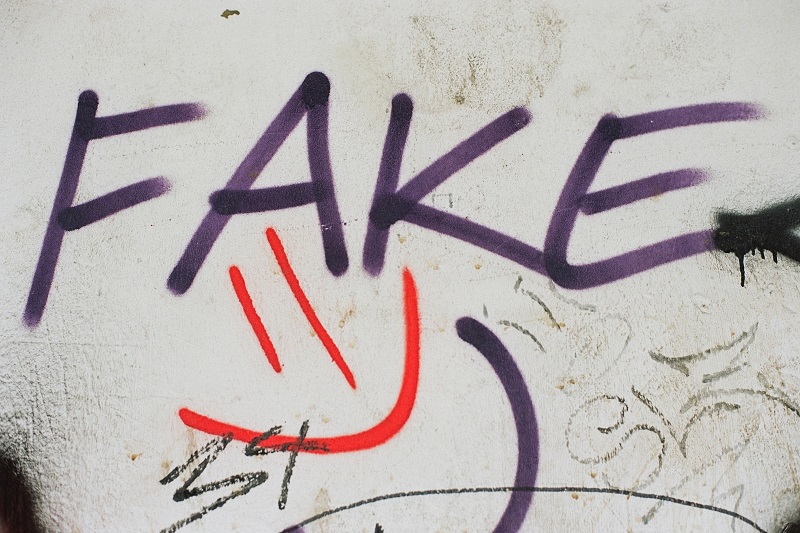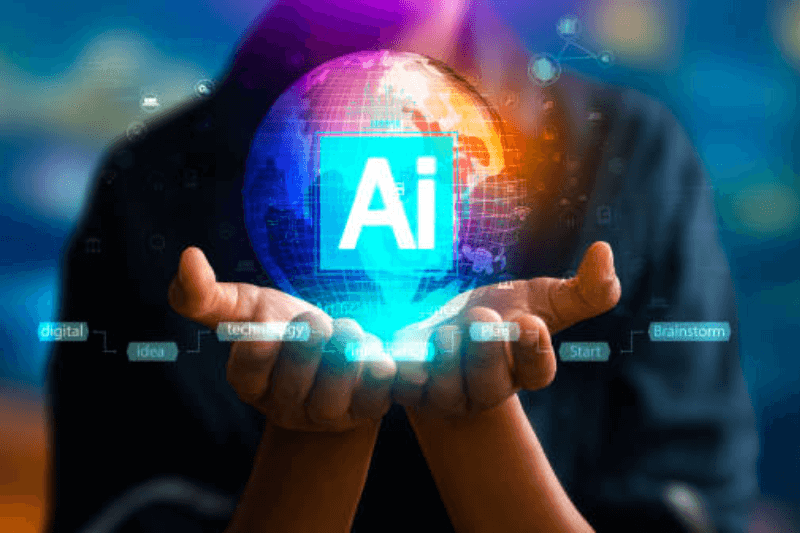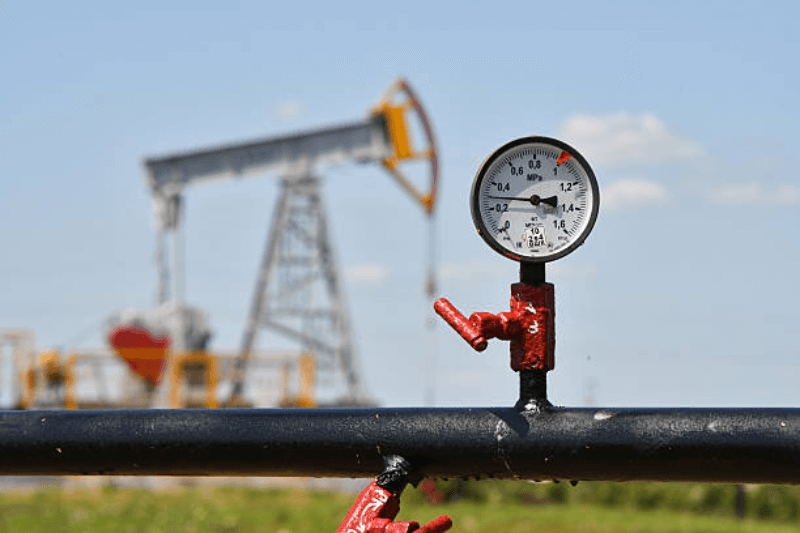
Unmasking Deepfakes: How AI is Shaping a New Era of Misinformation
Welcome to the age of deepfakes, when it’s easy to change reality and harder than ever to find the truth. As artificial intelligence (AI) technology moves quickly forward, we find ourselves at a crossroads between great new ideas and possible chaos. Deepfake videos, which are made with the help of AI algorithms, have taken over the internet. These videos show celebrities singing songs they have never sung before or politicians saying outrageous things they have never said. But there is a darker side to the entertainment value: deepfakes are becoming powerful ways to spread false information and change how people think.
In this post, we’ll go deep into the world of deep fakes, revealing how they work and looking at how AI is shaping this new era of lies that makes it hard to trust what we see and hear.
Get ready to question everything you thought you knew as we enter this fascinating world where fact and fiction are hard to tell apart.
How do Deepfakes work?
Deepfakes are pictures or videos made by a computer that look so real that people think they are real. They can be used to make fake news stories or spread false information.
Deepfakes are made with algorithms that use artificial intelligence (AI) to make images and videos that look real from scratch. These programs are called GANs, which stand for “generative adversarial networks.”
Deepfakes first came to people’s attention in 2017 when a Reddit user used AI to make a fake video of President Barack Obama. The video went viral and showed how real deepfake videos can look.
Since then, there have been many more examples of deepfake videos, including ones with celebrities like Nicolas Cage and Gal Gadot and even political figures like Nancy Pelosi and Donald Trump,It has spread a lot of misinformation since the Ukraine war.
Deepfake videos can be dangerous because they can be used to spread false information or make up fake news stories. Deepfake videos could even be used to change how people think or mess with elections.
How are Deepfakes made?
Deepfakes are made by algorithms that can learn to copy a person’s voice, facial expressions, and movements. These algorithms are fed information about the person they are trying to copy, usually in the form of videos or pictures. The more information the algorithm has about a person, the better it can make a picture of them.
Once the algorithm has learned from this information, it can make new videos of the person it is trying to imitate. This new footage can be used to make fake videos or pictures of the person that look very real.
Deepfakes can be used for both bad and good things. For example, they could be used to make realistic training simulations for soldiers or police officers. But they could also be used to make fake news stories or spread false information about a person or event.
Keep Reading
What Deepfakes Mean for Society
Deepfakes are a new type of fake content made by AI that can be used to make fake audio or video that sounds and looks real. Deepfakes can be used for good things, like making more realistic avatars for video games or movies. However, they can also be used for bad things, like making fake news stories or spreading false information about a person.
There is still a lot we don’t know about how deepfakes will affect society, but they could have both good and bad effects. Deepfakes could be used to make games and films that are more realistic and immersive. On the other hand, deepfakes could be used to spread false information or make up fake news stories that could trick people.
Deepfakes could have a big effect on society, and it might take a while for people to get used to this new technology. In the meantime, it’s important to know about the risks and benefits of deepfakes so that we can make smart decisions about how to use this technology.
How to Find Deepfakes?
Technology makes it harder. US researchers found that deep fake faces blink abnormally in 2018. Most images show people with their eyes open, so algorithms never learn about blinking. It appeared to solve the detection issue. But deep fakes appeared blinking after the research was published. The game fixes weaknesses as they are discovered.
Poor deepfakes stand out. Lip-synching may be off or skin tone uneven. Transposed faces flicker. Deepfakes struggle with hair, especially fringe strands. Strange lighting effects, such as iris reflections and poorly rendered jewelry and teeth, can also be a giveaway.
Governments, universities, and tech companies fund deepfake detection research. Microsoft, Facebook, and Amazon launched the Deepfake Detection Challenge last month. Global research teams will compete to detect deep fakes.
In advance of the 2020 US election, Facebook banned deepfake videos that could mislead viewers. The policy only covers AI-generated misinformation, so “shallow fakes” (see below) can still be posted.
Deepfake videos are like this:
In recent years, deepfake videos have become more real and more popular, which has made people worry about how they affect society. Deepfakes are digital copies of people made with algorithms that use artificial intelligence and machine learning. They can be used to make realistic pictures or videos of people who don’t exist, or they can be changed to make it look like someone said or did something they didn’t.
Deepfake videos have been used both for fun and to make a point. In 2018, a fake video of Barack Obama that was put on YouTube went viral. The video showed Obama giving a speech with fake subtitles that made it look like he was saying things he had never said before. This video turned out to be a deep fake in the end.
Deepfake videos are now being used to make fake porn videos of celebrities. Face-recognition software is used to put the faces of well-known actresses or pop stars on the bodies of pornographic actresses to make these videos. This kind of deepfake video is especially scary because it can be hard to tell if it’s real or not, and it could be used to blackmail or take advantage of the people in it.
Deepfake technology also has effects on the government. In 2019, a fake video of Nancy Pelosi that Donald Trump posted on Twitter went viral. The video had been changed to make it look like Pelosi was slurring her words and was drunk or high.
Trying to stop the damage caused by deep fakes
In 2017, the word “deep fake” was used to describe fake videos made by artificial intelligence (AI) that look and sound like real people saying things they never said. Deepfakes are made by giving a computer algorithm a lot of pictures, sounds, and videos of a person until the AI makes a copy that looks, sounds, and moves like a real person.
Deepfakes can be used for good things, like making realistic avatars for video games, but most of the time they are used to make fake porn or political propaganda. In 2018, a deepfake video of Mark Zuckerberg, the CEO of Facebook, started going around online. It showed him saying things he had never said before. The video was made by the artist Bill Posters as part of a project to show how fake videos made by AI could be used in bad ways.
Some things that can be done to lessen the effects of deep fakes are:
-Teaching yourself and others how deep fakes are made and what they look like. -Checking the source of any viral video or audio clip before sharing it. -Asking questions about who benefits from a particular deepfake and why it was made. -Refusing to share deepfake videos or audio clips, even if you think they are true.
Conclusion
A strong tool that can be used for good or bad, deepfakes are. It is our responsibility to ensure that we use technology responsibly. Although deep fakes can be harmful, we also need to be aware of their potential benefits. We can defend ourselves against harmful individuals while also benefiting from their positive qualities with the appropriate information, training, and laws.




